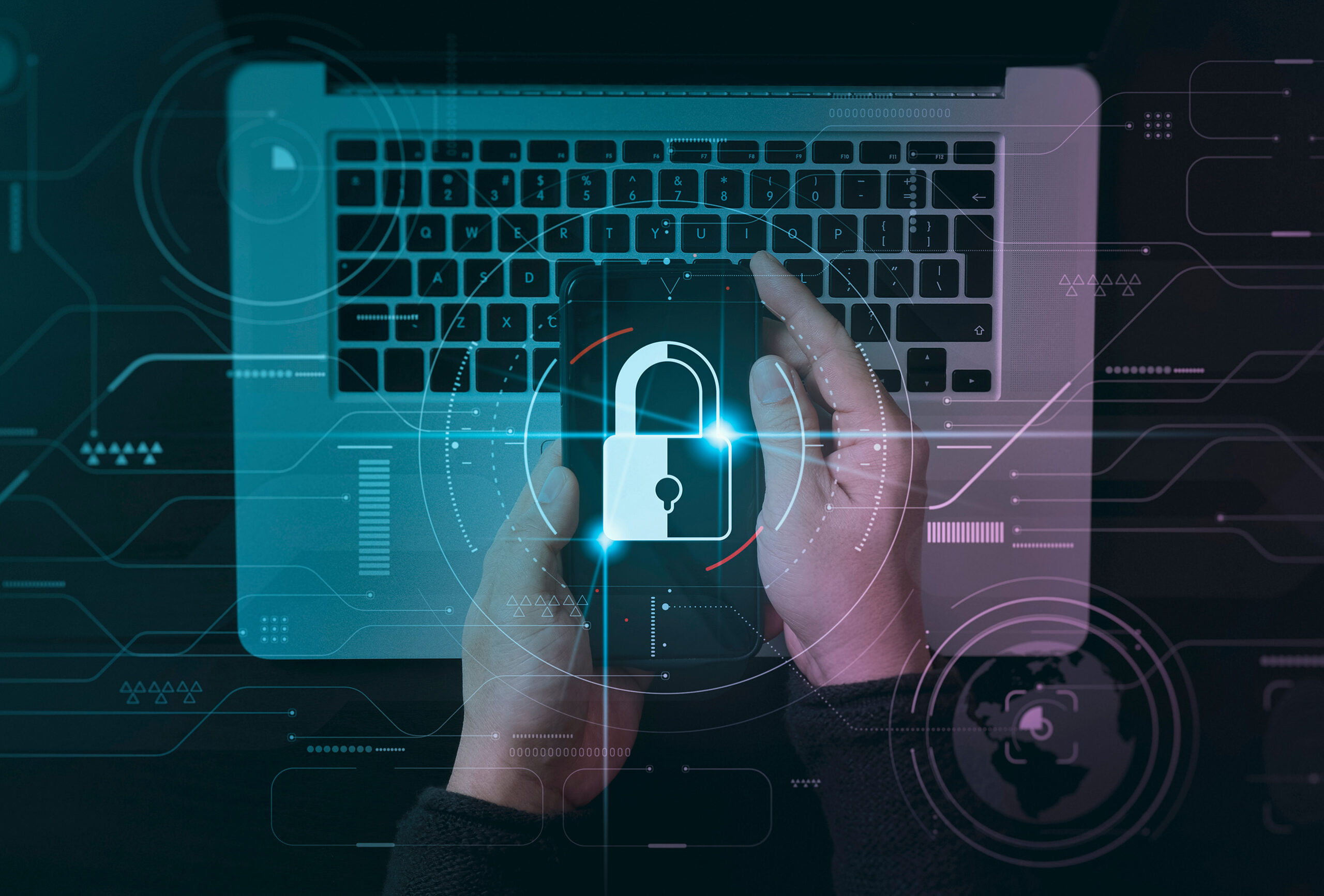Cybersecurity for Nonprofit Organizations
August 11, 2025
Discover essential nonprofit cybersecurity strategies to protect donor data, prevent cyber threats, and maintain trust. Learn how loss prevention and AI tools can strengthen digital defenses.
Discover essential nonprofit cybersecurity strategies to protect donor data, prevent cyber threats, and maintain trust. Learn how loss prevention and AI tools can strengthen digital defenses.

Nonprofit organizations face increasing cybersecurity threats. The combination of valuable donor information, personal information and sensitive program details presents an enticing target to cyber criminals. Most nonprofits have limited IT resources and often rely on managed service providers for IT support.
Cyber criminals are increasingly targeting nonprofits, viewing them as soft targets with less IT savvy staff. Approaching cybersecurity from a loss prevention perspective can help nonprofits proactively reduce risk, protect their reputation, and maintain donor trust.
Nonprofits are at risk from the same threats as large corporations – phishing, social engineering, ransomware, business email compromise, and data breaches. The impact to a nonprofit can be far more disruptive and damaging than for a corporation. A successful cyberattack may halt critical services, disrupt fundraising or revenue, or even cause a loss of public confidence.
Beyond operational disruption, financial and reputational damage can be significant. Nonprofits receiving funding from large organizations or the government may have their access removed and forced to prove remediation before being reinstated. Compromised donor information can lead to decreased contributions or regulatory scrutiny. Cyber insurance can help soften the blow but may not cover the full impact.
Loss prevention requires a combination of preventative, detective, and recovery techniques to reduce the risk and potential impact. It requires a combination of anticipating risks, implementing safeguards before an incident occurs, and adopting a mindset seeing cybersecurity as a strategic, organization-wide responsibility.
Preventative measures, like multi-factor authentication and strong encryption, help prevent an incident in the first place. Wherever possible, we always want to use preventative measures. We also need detective techniques; in case an attacker overcomes our preventative measures – and a motivated attacker will eventually overcome our security controls. These controls alert us when “something goes bump in the night” so we can track it down and remove it before causing damage. Finally, in the worst case scenario, recovery techniques are then used to restore operations.
Artificial intelligence (AI) offers nonprofit organizations valuable tools to strengthen cybersecurity. AI-powered solutions can monitor and identify unusual behavior, filter phishing emails, and assist with donor fraud detection. AI tools can help lean IT teams dealing with large environments and the large quantity of data produced by IT and cyber tools.
However, threat actors also use AI. Sophisticated phishing emails, deepfake social engineering, and malware variants designed by AI now pose risks even to small organizations. Nonprofits must remain aware of how AI can be both a tool and a threat.
Nonprofits are mission-driven, but without sound cybersecurity practices, their missions are at risk. By adopting a loss prevention control mindset, organizations can better protect their data, finances, and reputations. Through strategic investment in people, process, and technology—including the responsible use of AI—nonprofits can continue to serve their communities securely and with confidence.